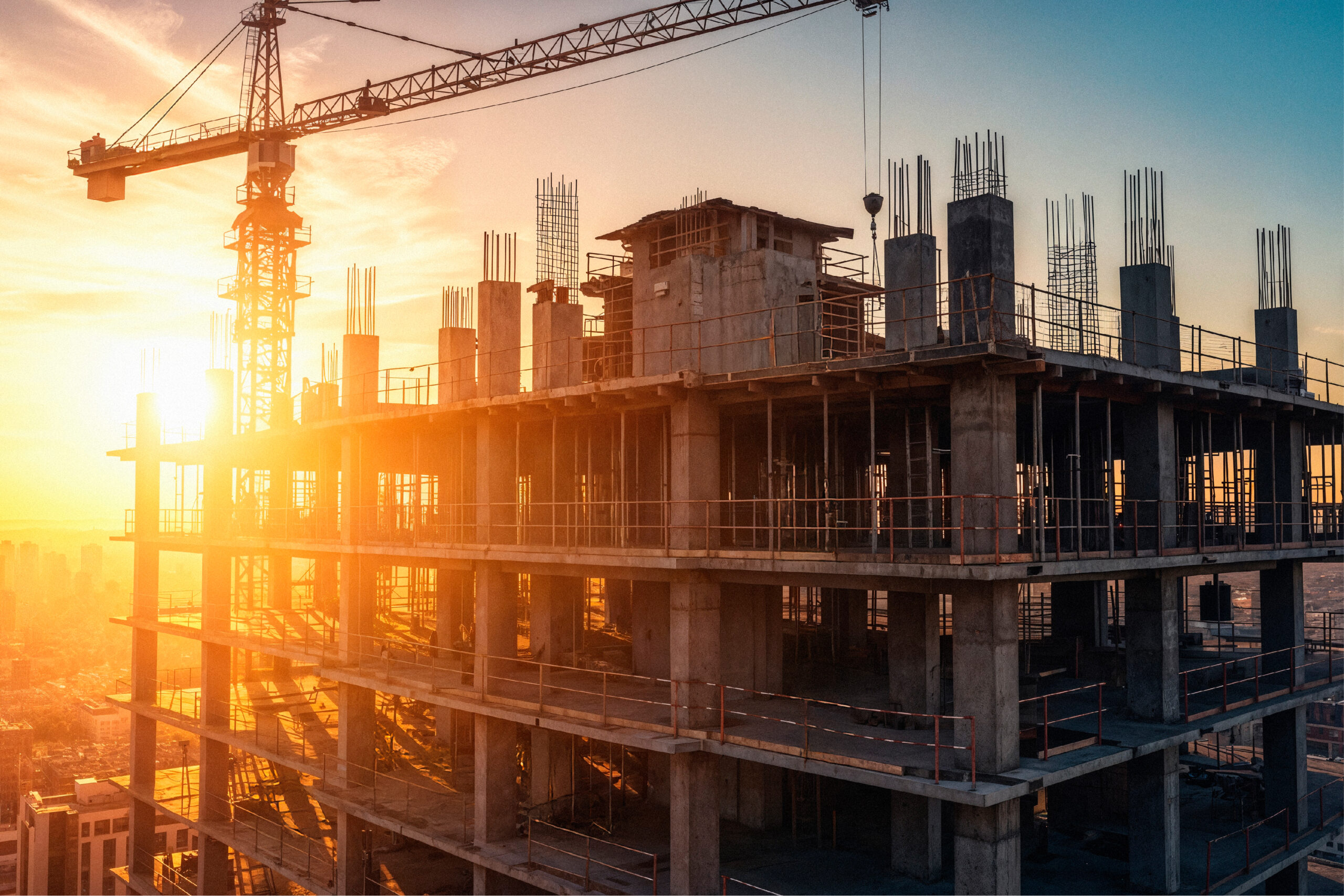
With an abundance of options available, one of the first decisions prospective home buyers must make is whether they should opt for a ready-to-move-in or under-construction property. Which is better – under-construction or ready-to-move-in?
With an abundance of options available, one of the first decisions prospective home buyers must make is whether they should opt for a ready-to-move-in or under-construction property. Which is better – under-construction or ready-to-move-in?
Ready-To-Move-In Properties
As the name suggests, ready-to-move-in properties are finished residential properties that you can start enjoying immediately. But are they the right choice for you?
Pros
Instant Access: One of the major benefits of ready-to-move-in property is virtually zero waiting period. You can immediately move in after making the payment and completing the necessary documentation. This relieves you of the stress of having to pay both rent and EMIs as you wait for possession.
You Get What You See:In ready-possession homes, you get precisely what you see. There is no chance that what you saw during the visit will change once you move in. So you have the opportunity to check for the features you want and choose the home best suited to your vision.
No GST:The GST on under-construction property applies only to properties that are still in progress. In contrast, GST is not applicable on ready-to-move-in properties, making them more cost-effective at the final purchase stage. Additionally, you can immediately start claiming tax benefits if you use a home loan to purchase a ready-possession home.
Learn From the Locals: You can interact with the locals to understand their experience living in the area, check the social infrastructure and connectivity, and see if this is the right community for you. You can also understand any potential issues you may face and decide whether the property is worth investing in.
Cons
– High Costs: Ready-to-move-in properties often sport a costlier price tag, often 20% to 30% higher than under-construction property.
– Construction Quality: You have no way of verifying the construction quality, analyzing the project development, and learning about the materials when buying a finished apartment. You will have to rely on visual checks and the word of the seller to gauge construction quality.
– Property Age: Buying a ready-to-move-in property does not guarantee you a brand-new home. The apartment may not have been put on sale for a while, it might have been on the market for some time, or previous owners may not have maintained it well. All these factors contribute to the home appearing old.
– Lack of RERA Registration: Older properties, with occupancy certificates issued before 1st May 2016, are not covered under the RERA Act. Therefore, the responsibility of proper due diligence and access to the relevant information from public platforms falls on the buyer.
Under-Construction Properties
Compared to ready-to-move-in homes, under-construction properties are in various stages of completion and still have some work to do. If you are ready to wait, is buying under-construction property in India a better option for you?
Pros
– Lower Costs: When compared with ready-possession properties, under-construction properties can be anywhere between 10% and 30% cheaper. If you are on a tight budget and are ready to wait, this price difference can be worthwhile.
-Higher Appreciation: Property prices go up as the construction progresses. Additionally, improvement in local infrastructure during this time can also increase overall property values. So if you are looking for a higher return on investment, purchasing a property in the early stages of construction makes more sense.
-Flexible Payment Options: An under-construction property offers much more flexible payment options than a finished property. For example, you can reserve the property with a small down payment and pay the balance on possession or make partial payments as the construction progresses.
-New Construction: If you want to live in a brand-new home with no maintenance issues and a long life, under-construction properties are the way to go. They also give you access to the latest amenities, services, and design trends for a trendy home.
RERA Compliance: Every property with an occupancy certificate issued after 1st May 2017 has to be registered under RERA. Therefore, all under-construction properties fall under RERA authority and are required to abide by its principles and ethical business practices. You can easily get information about new under-construction projects on the RERA portal.
Offers: Since there is a wait to move into under-construction properties, builders often run promotions and offers to attract buyers. So you have the option to not only look for the home design and amenities you want but to find the most attractive offers as well.
Cons
– Greater Risk: Under-construction properties are higher-risk investments as builders may fail to deliver on schedule or – in the worst-case scenario – fail to deliver the project due to lack of resources. So researching the builder and choosing a reputed real estate developer is essential when investing in under-construction properties.
– Disparity Between Design and Finished Product: With under-construction properties, you run the risk of not receiving the promised amenities, altered layouts, or insufficient usable space at the time of possession.
– GST and Tax Implications: GST on under-construction property is applicable – 1% for homes priced under INR 45 lakh and 5% for properties worth more than INR 45 lakh – in addition to stamp duty and registration fees. Additionally, you also cannot claim tax benefits for under-construction properties until possession. However, the interest you pay on a home loan is tax-deductible (up to INR 2.5 lakh) if you move in within three years of securing the loan.
Ready-to-move vs under-construction property – both options have their advantages and drawbacks. You need to assess your unique situation and decide which option suits your needs the best. If immediate possession and minimal risk appeal to you, go with a ready-to-move-in home. If cost savings, future appreciation, and customization matter more, under-construction might be your choice.
Looking for a property to suit your lifestyle? Get in touch with the Squarea team today to find the ideal home for you
For more details on this subject, please email hello@squarea.io




